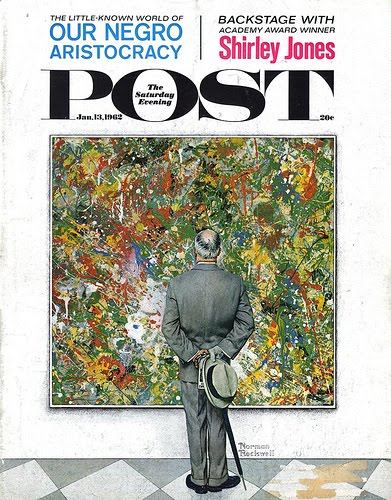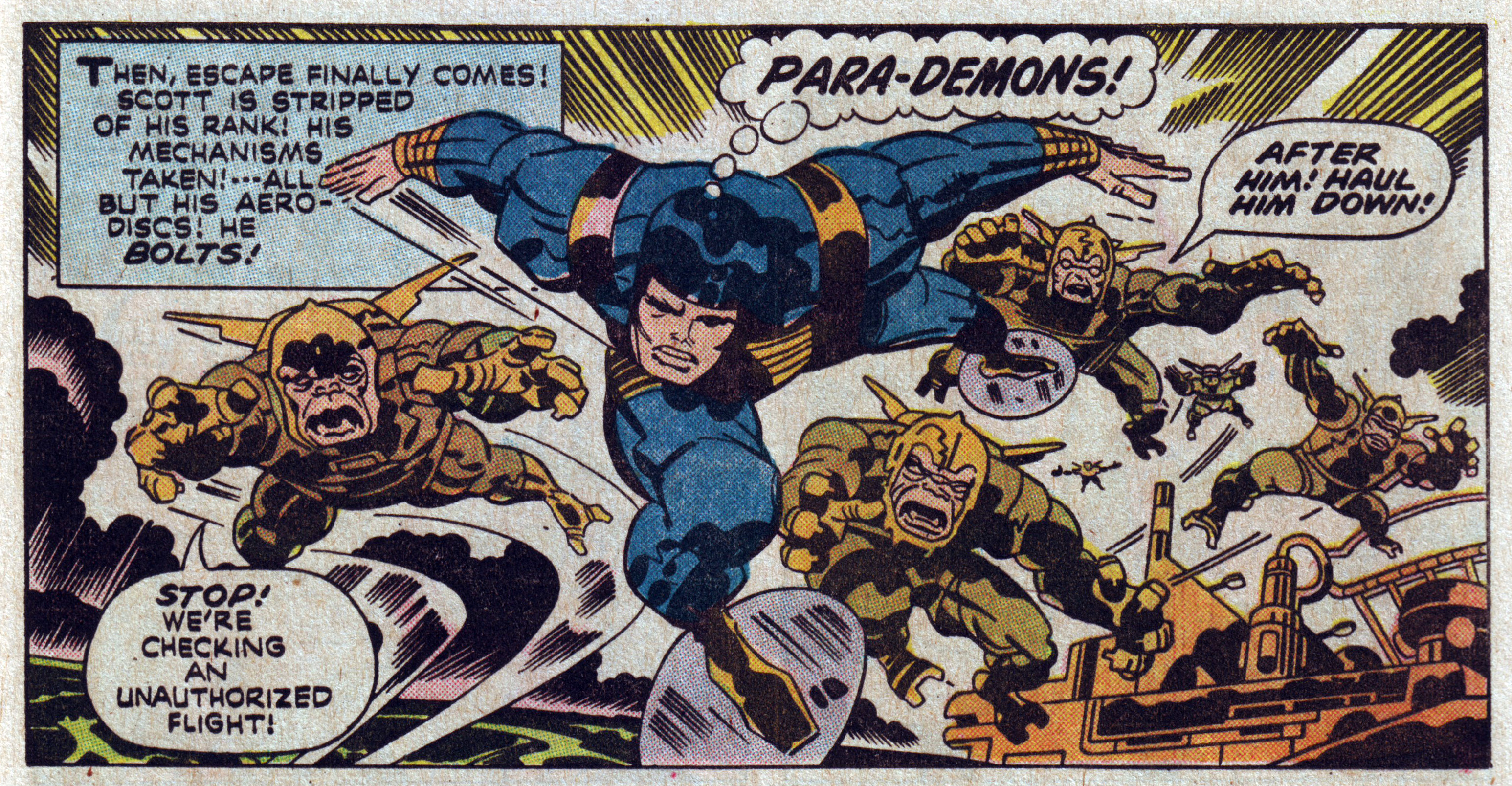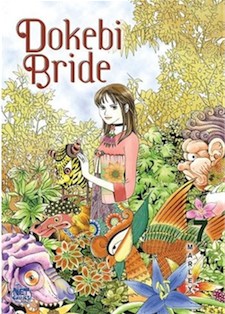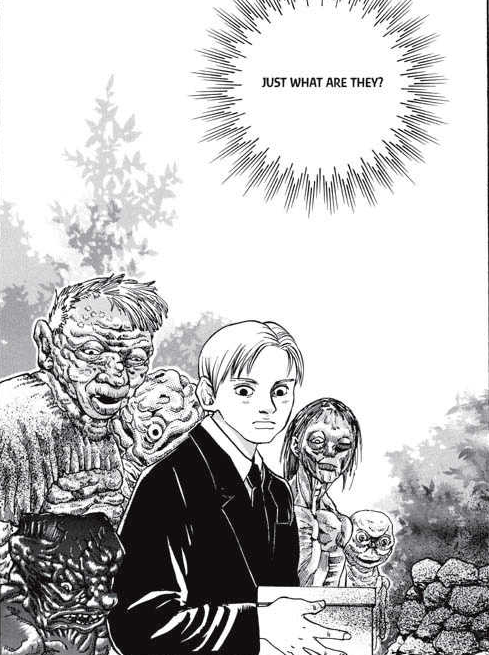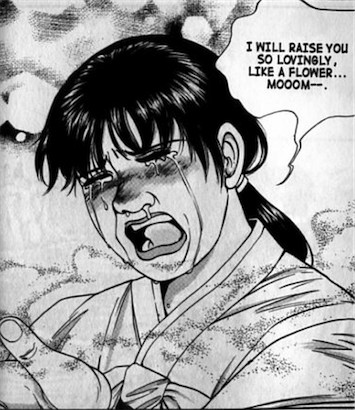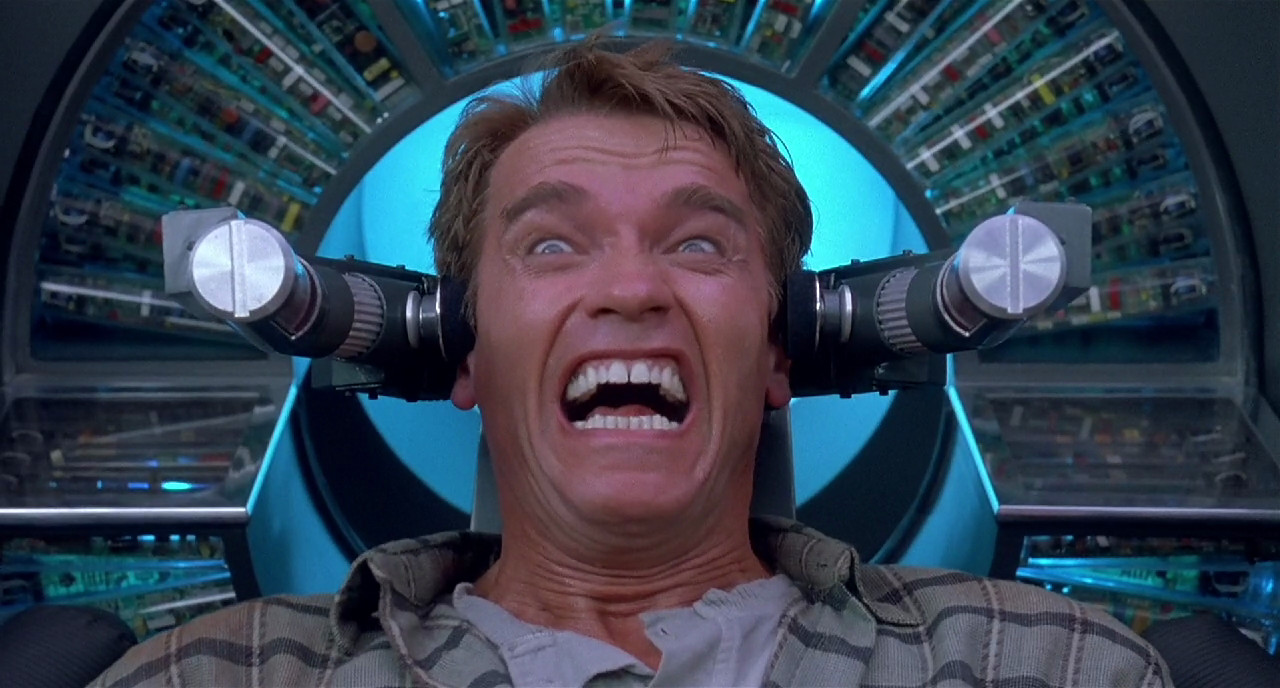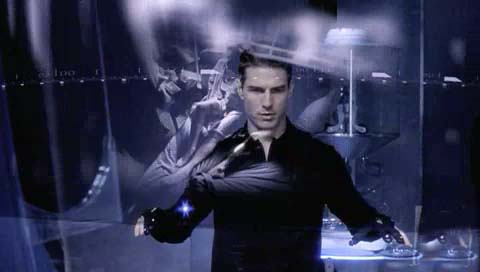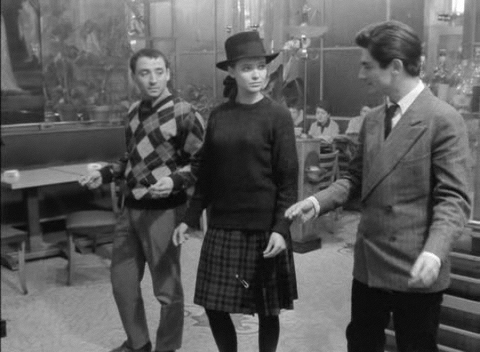A few weeks back I wrote about Dara Birnbaum’s video art piece, Technology/Transformation: Wonder Woman. Corey Creekmur mentioned in comments that there was an entire book on the piece written by T.J. Demos.
Dara Birnbaum – Technology/Transformation… by merzboy
So now I’ve read the book…which confirms my thoughts in some ways, and raises some other issues as well.
Demos basically divides critical reception of the work into two waves (analagous to my two takes on the video in my earlier piece). The first reaction — which is close to the intention of Birnbaum herself — views the work as a project of feminist and Lacanian deconstruction. The narrative of the Wonder Woman TV show is broken apart, images are repeated, and the special effects are decontextualized so that they register as studio trickery. Finally, a disco song at the end comments directly on Wonder Woman’s sexuality, showing that she is not an empowered subject but a fetishized object. The video’s purpose in this reading, then, is to defamiliarize the narrative, and to show the artificiality of the transformation from secretary to hero. The effect is iconoclastic, lambasting an oppressive image foisted on women by capitalism and patriarchy.
Again, this is how Birnbaum saw the video herself. Demos quotes her saying that her work was meant to push against “the forms of restraint and near suffocation imposed through this current technological society.” She adds.
all the works completed from 1976-85 are ‘altered states’ causing the viewer to re-examine those ‘looks’ which on the surface seem so banal that even the supernatural transformation of a secretary into a ‘wonder woman’ is reduced to a burst of blinding light and a turn of the body — a child’s play of rhythmical devices inserted within the morose belligerence of the fodder that is our average television diet.
Demos notes that this was in part dependent on the context of the time, when most people did not have access to tools to manipulate video. In a world where you had to take what the studio doled out, repurposing or reshaping the image seemed subversive.
Today, of course, things are somewhat different — and, indeed, over time, the critical take on Birnbaum’s video has changed. Instead of focusing on its deconstructive critique of television, more recent viewers have tended to see it as celebratory. Instead of alienating viewers, Birnbaum’s video itself becomes a source of visual pleasure. The video has, for example, been played in dance clubs…and, as I pointed out in my earlier post, there are video montages of Lynda Carter spinning on YouTube which look a lot like Birnbaum’s video. As Demos argues, late capitalism has “commodified the process of consumerist participation.” (84-85) Mash-ups aren’t critique; their marketing. In this context, Birnbaum’s video looks less like a stinging deconstruction of television, and more like a potentially viral advertisement for it.
Demos acknowledges this…but goes on to insist that while affect is manipulated by capitalism, it still “remains indeterminate”, and he adds that this is especially true because “unlike emotion, it is unstructured by social meanings.” (101)
Which, to me, seems like blatant bullshit. Why isn’t affect structured by social meaning? And if it isn’t structured by social meaning, if pleasure and power don’t have anything to do with each other, then how exactly can pleasure resist or affect power? The whole thing just seems like special pleading; a way to have your shallow media rush and still call yourself a revolutionary. (Or to paraphrase Tania Modleski, “I like Dara Birnbaum, I am a radical, therefore Dnra Birnbaum must be a radical.”) You can try to wriggle and dodge, but I don’t see how you get around the conclusion that Birnbaum’s work has been completely co-opted. She thought she was critiquing, and instead she’s complicit. As Demos says, she’s part of the long history of the avant-garde being assimilated by capitalism — almost as if the avant-garde is a branch of capitalist R&D, rather than some sort of alternative to it.
Of course, the baseline assumption here is that capitalism is evil,and that art which is complicit with capitalism is therefore meretricious. Demos doesn’t question this, but it seems like it might be worthwhile to do so. Specifically, Wonder Woman’s creator, William Marston, believed that new, capitalist modes of reproducible entertainment could be used to change society for the better — specifically by providing new images of powerful, loving women who could challenge conservative ideas about patriarchy and dominance. For Marston (who Demos mentions only briefly), capitalism could be used progressively to change the gendered way in which society functioned.
Marston linked Wonder Woman’s persuasive power to her “allure” — a connection which, as Demos notes, has been controversial with feminists…not to mention with Marxists, for whom the pleasures of capitalist consumption are to be avoided rather than exploited. Yet, in the end, whatever radicalism Birnbaum’s video manages is, at this point, predicated on the libidinous, capitalist, iconic charge that Marston gave to the character. The deconstruction of television tropes has been thoroughly deconstructed by capitalism. All that’s left is the pleasurable thrill of seeing a woman repetitively changed into a sexy hero — and perhaps the rush of creating and controlling that change, manipulating the tools of capitalism not so much for one’s own liberation as for one’s own pleasure. Always presuming that, in capitalism, it’s possible to tell the difference.


